Different color processing algorithms in FlyCapture2
Last Revision Date: 5/4/2016
This article provides an example of each of the color processing algorithms implemented in FlyCapture2 and discusses the advantages of each.
Some cameras (e.g., Flea3, Grasshopper3) convert the raw Bayer tiled images produced by the sensor into color on board the camera, while others (e.g., Firefly MV, Chameleon) leave this task to the host computer. The following list enumerates the various color processing / interpolation algorithms accessible through our various libraries.
NOTE: Details regarding our specific implementation of these algorithms is proprietary and cannot be shared with the public. Refer to the Coriander library for Linux (see "Writing color processing software and color interpolation algorithms") for details on how to create your own color processing algorithms.
NOTE: Users of cameras that perform on-board color processing can still access the raw Bayer data, which will allow them to apply their own color conversion algorithm or one of the FlyCapture library algorithms. This is done by acquiring images using one of the Format_7 video modes that support Raw8 or Raw16 pixel encoding.
The following images were generated from the same raw image and are magnified to illustrate the differences. Click on the title above each image to open the full image from which it was taken, which can then be magnified further to examine the differences.
-
-
Nearest Neighbor - This is the fastest algorithm but it produces the lowest quality results.
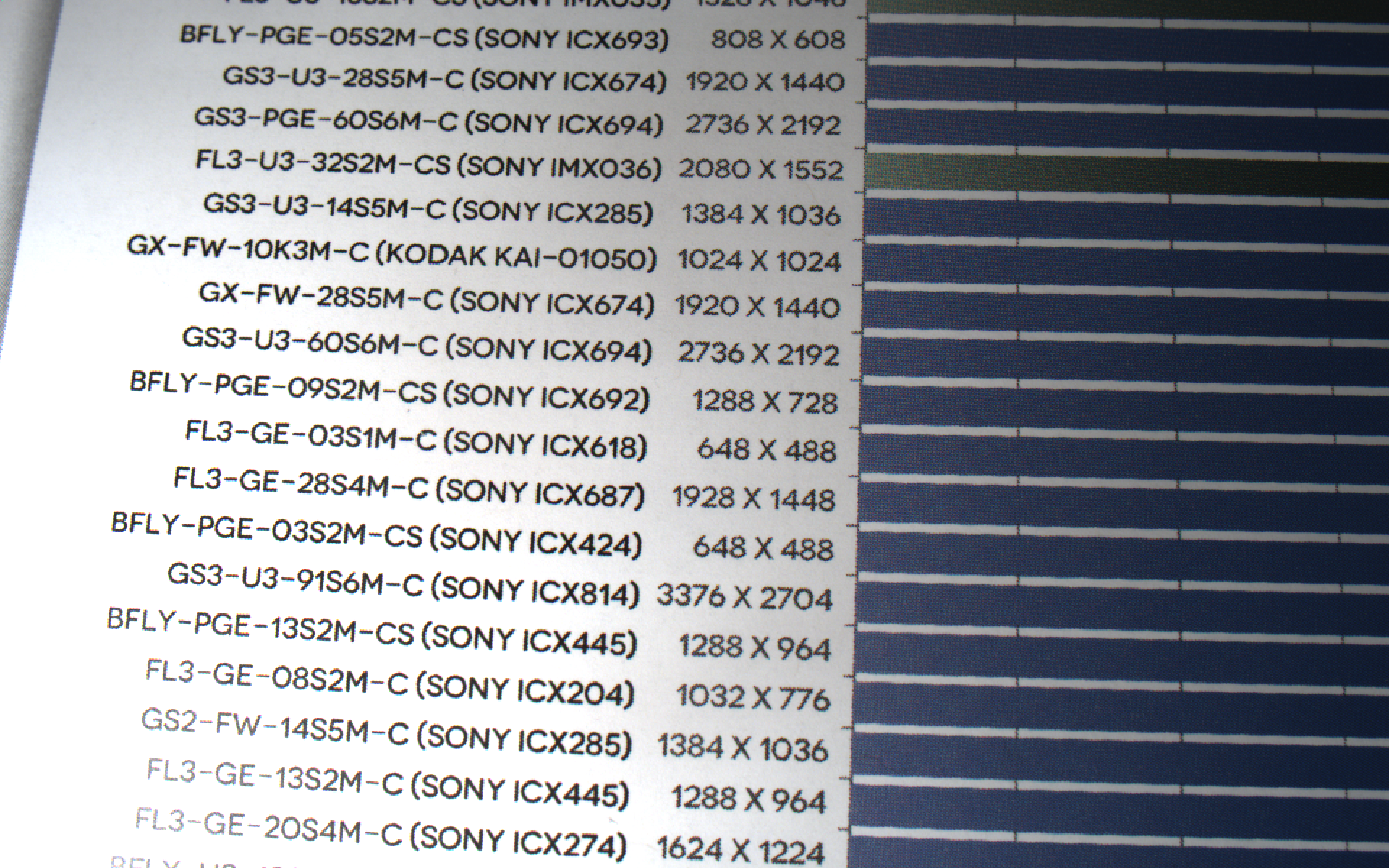
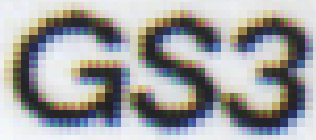
-
Edge Sensing - Slower than Nearest Neighbor, this algorithm weights surrounding pixels based on localized edge orientations.
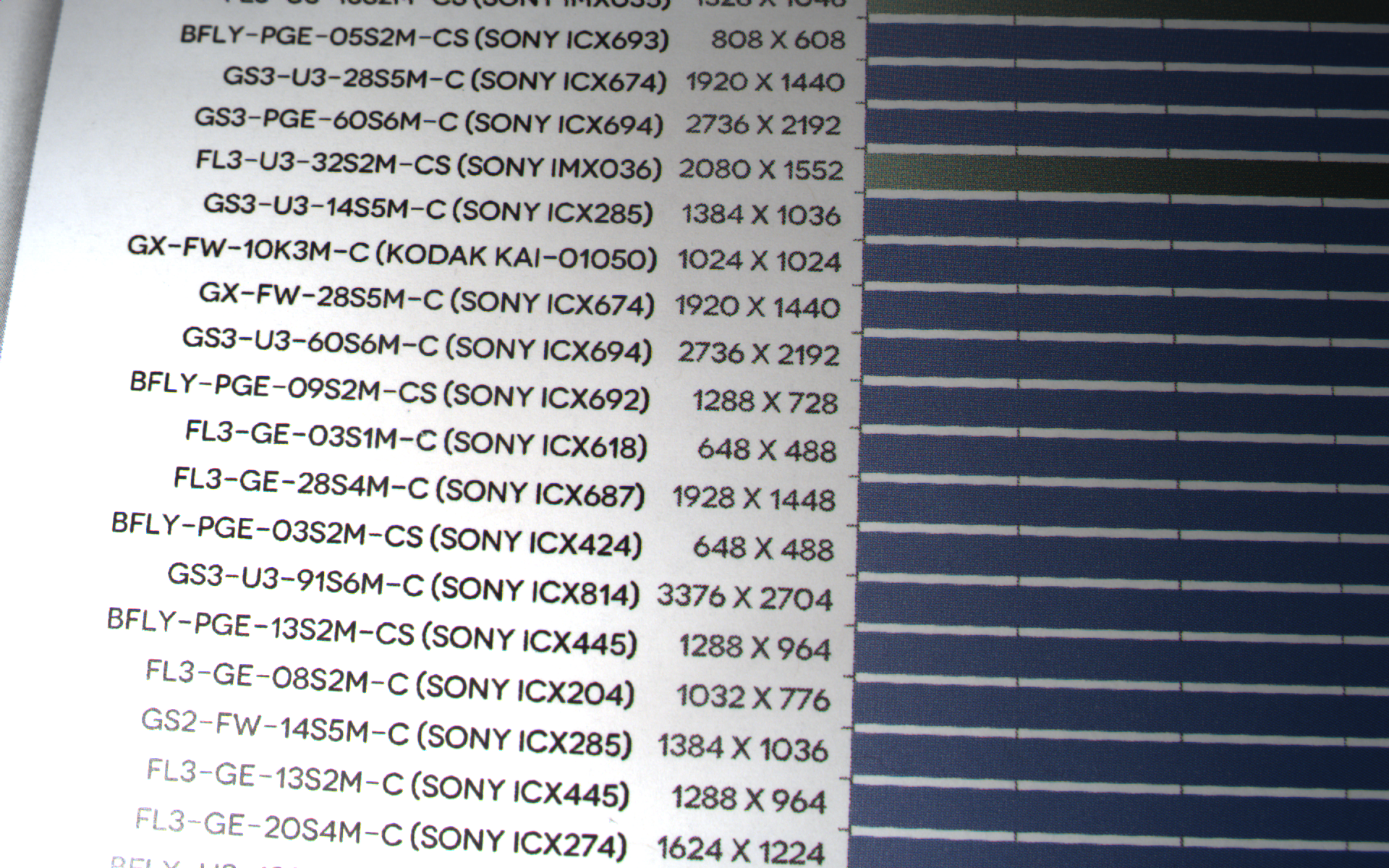
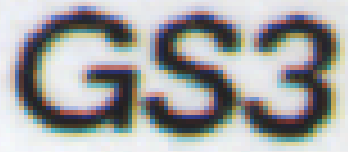
-
IPP - This is a multi-threaded color processing algorithm that produces results similar to Edge Sensing.
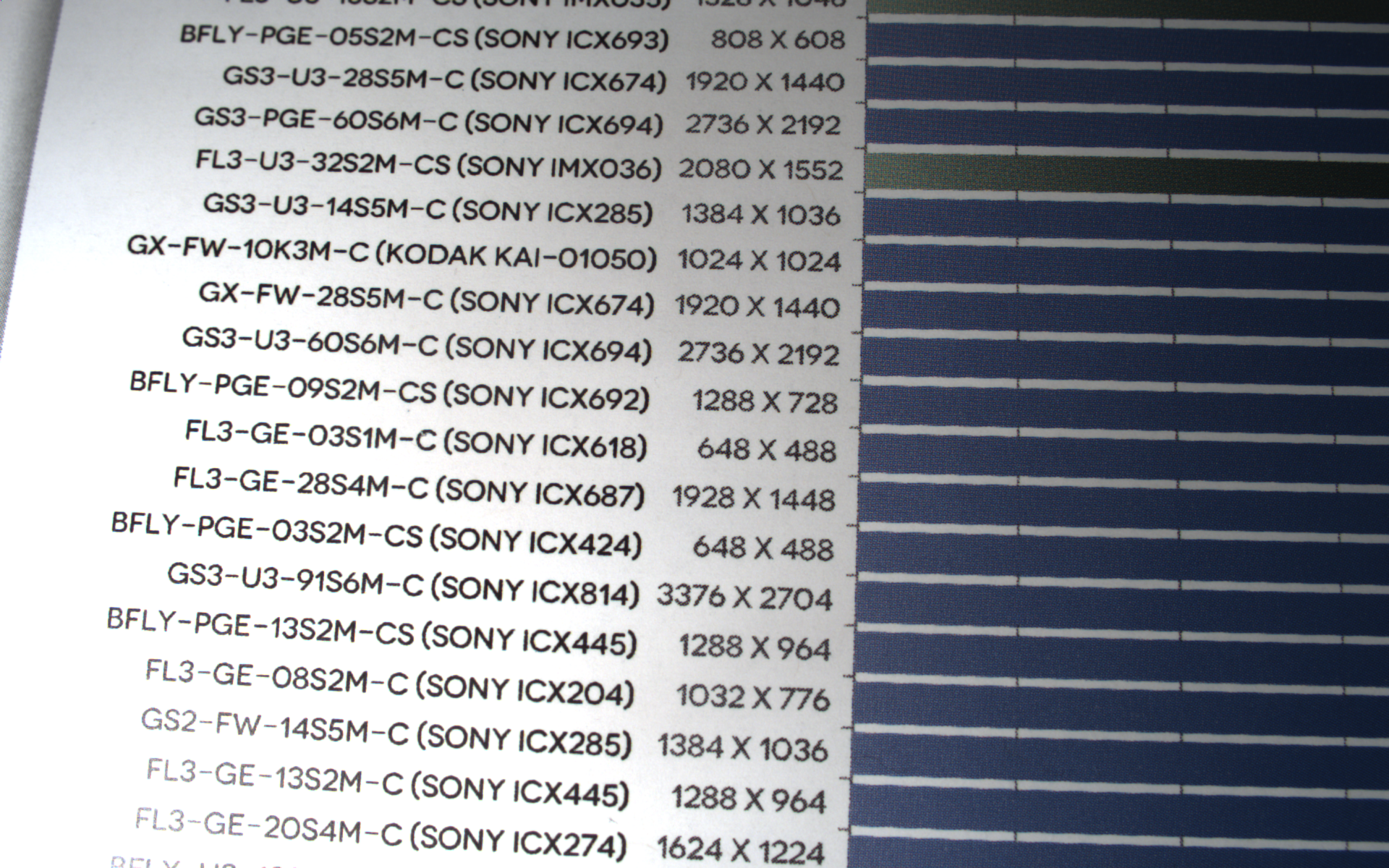
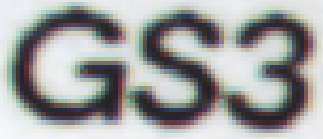
-
High Quality Linear - Although this is the second-slowest algorithm, it is much faster than Rigorous and produces comparable results.
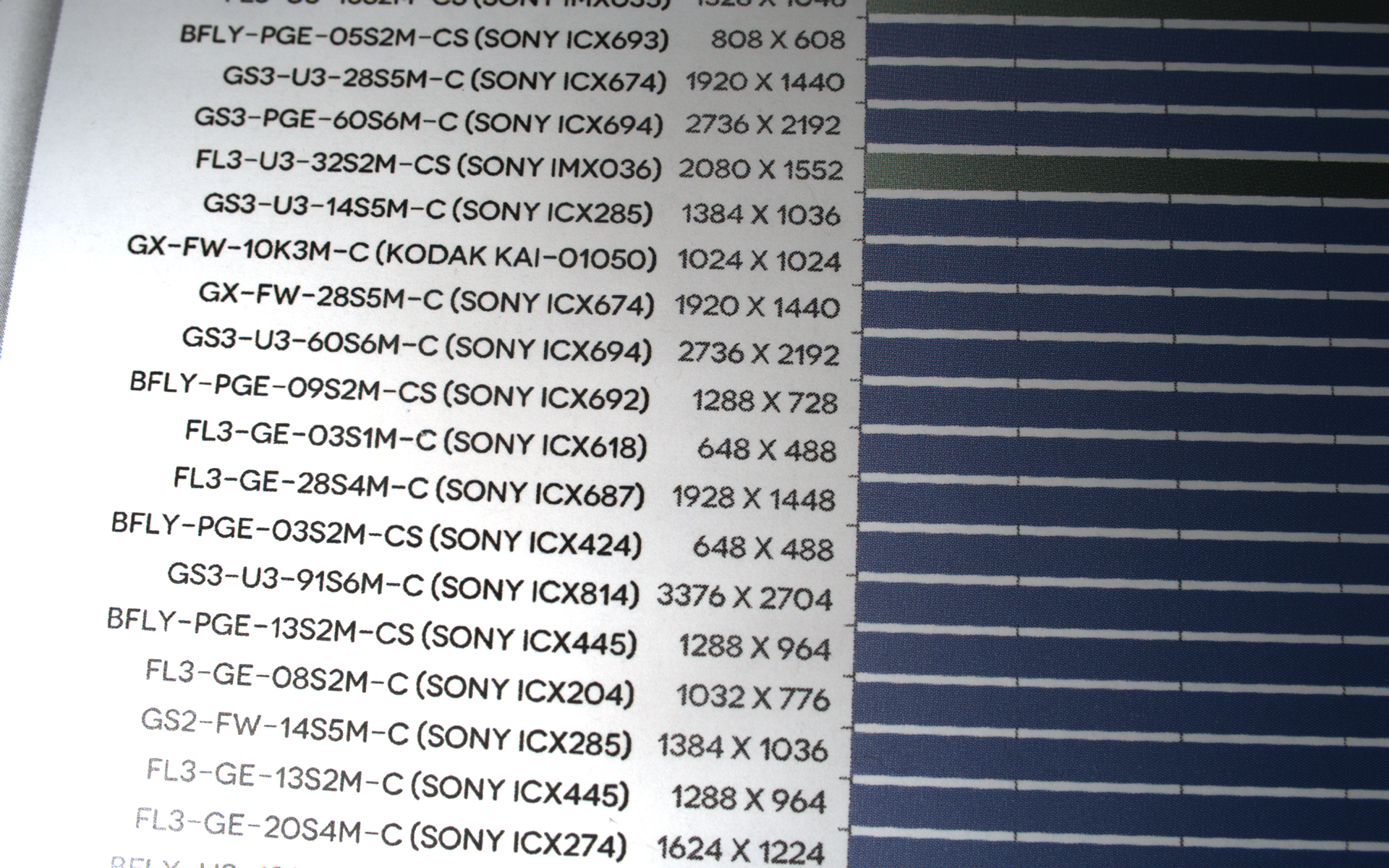
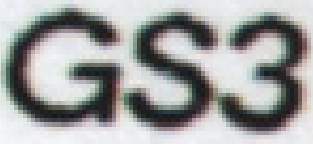
-
Rigorous - This algorithm is the slowest of all of the algorithms, but produces good results.
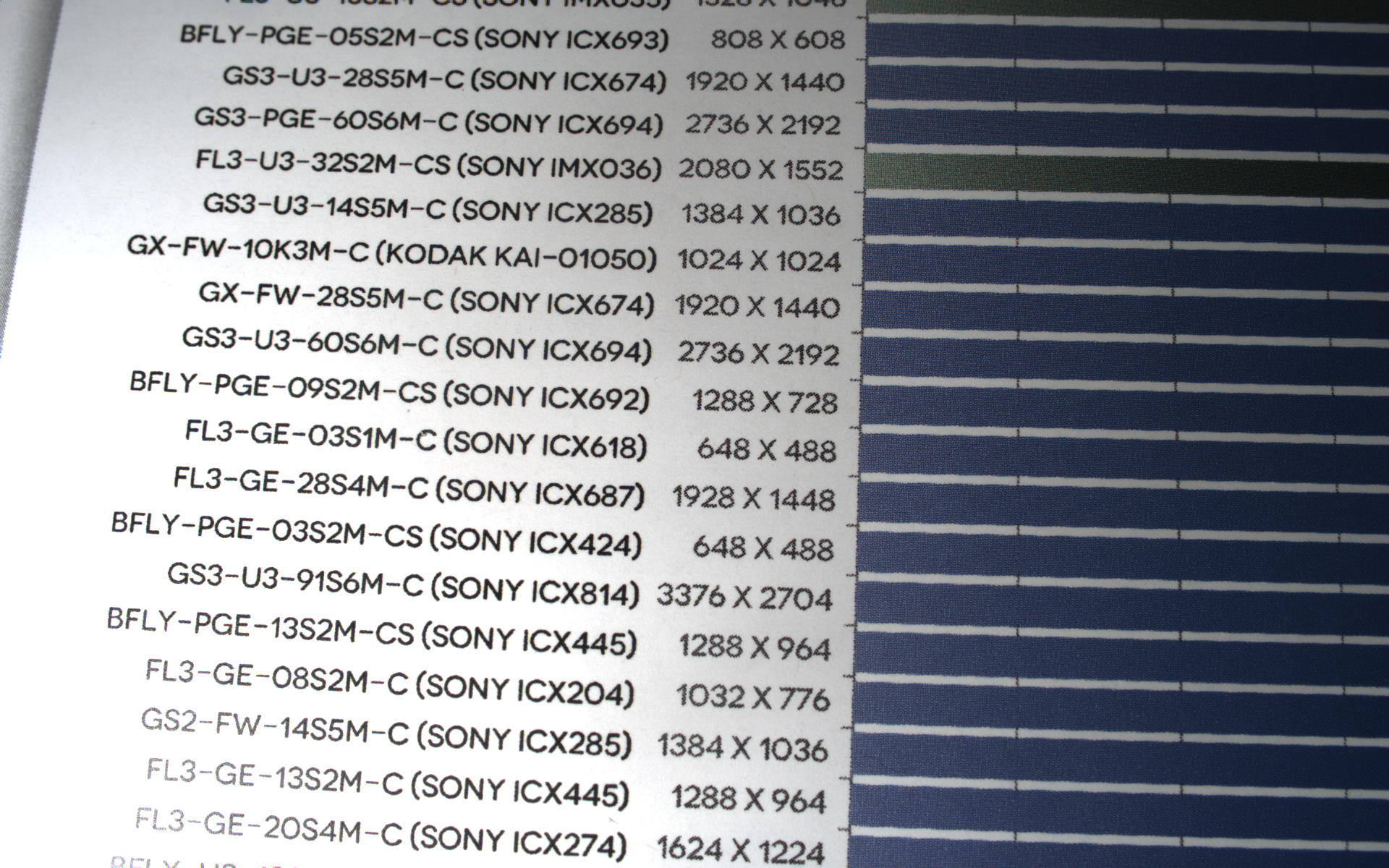
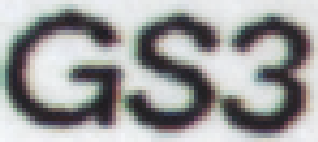
-
Directional - This algorithm is much faster than Rigorous and produces the best quality results.
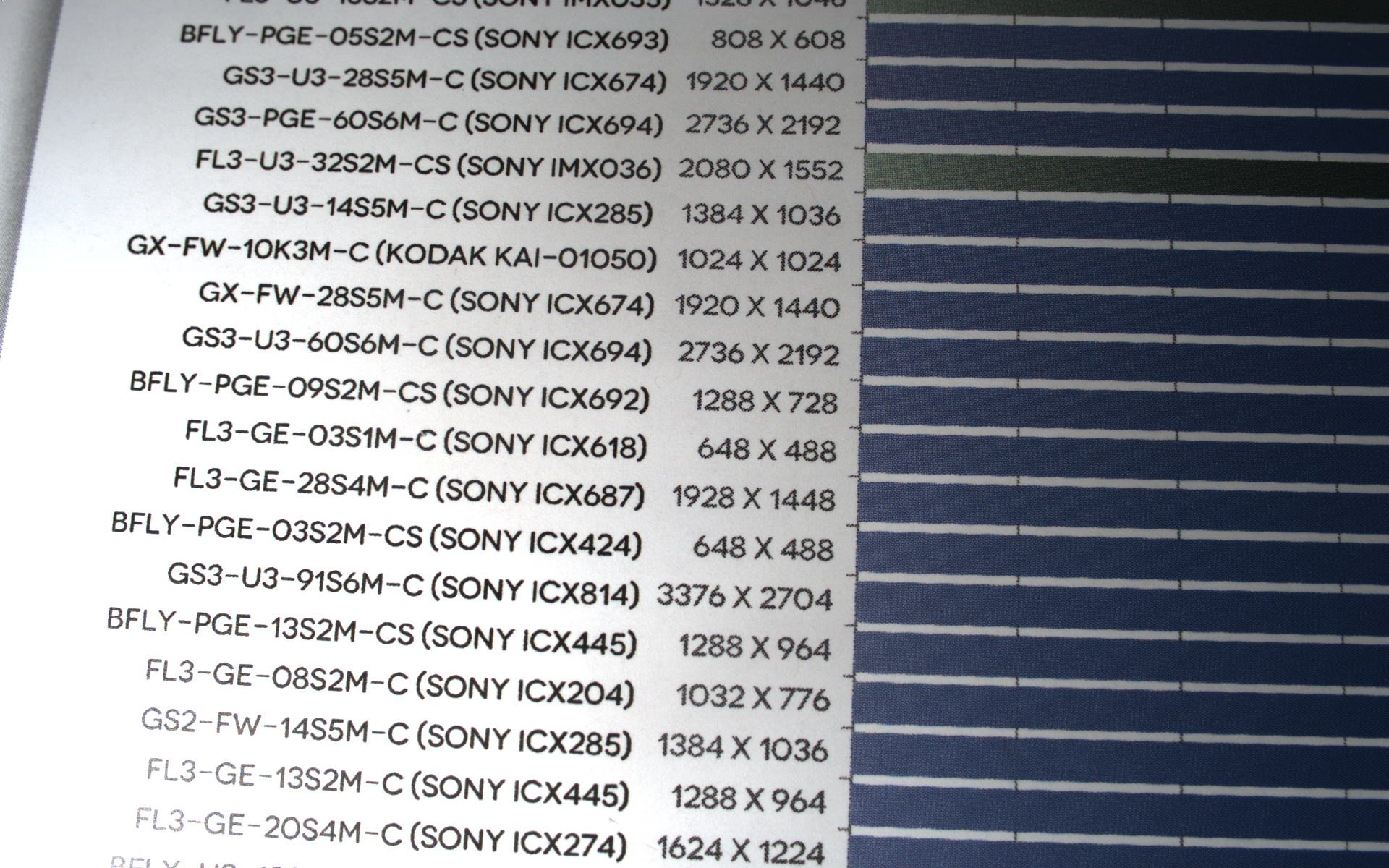
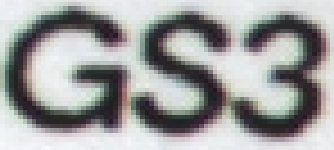
Directional Sample
-